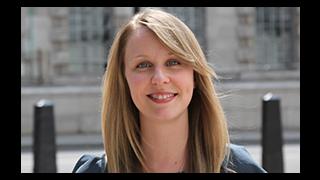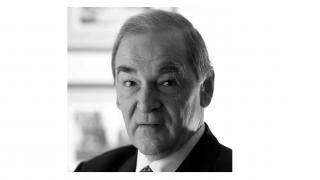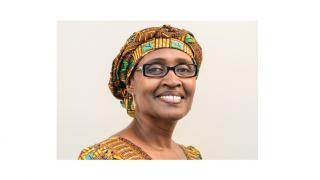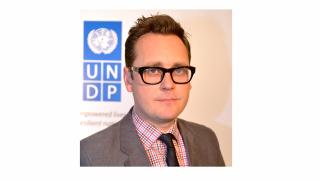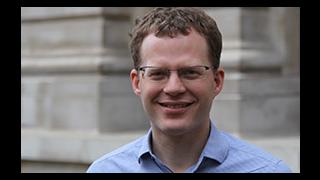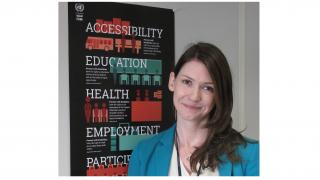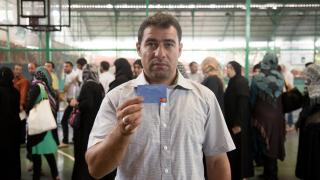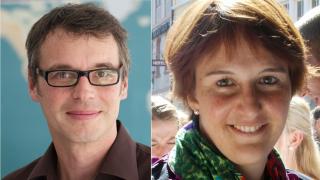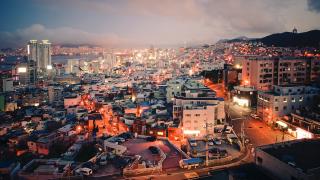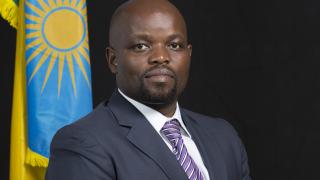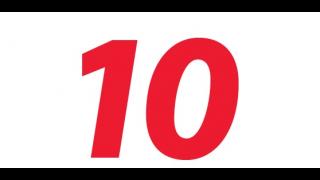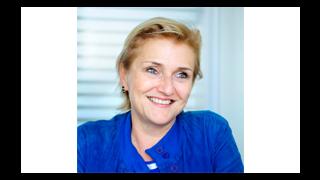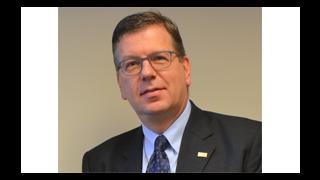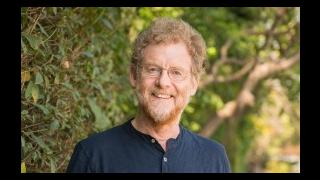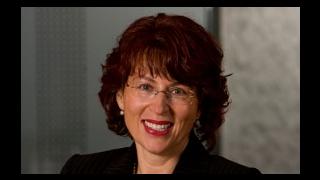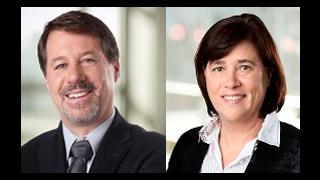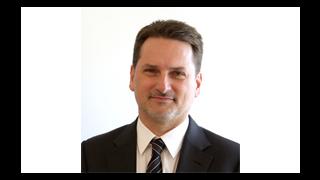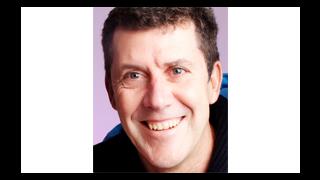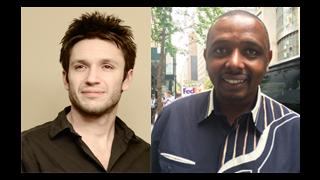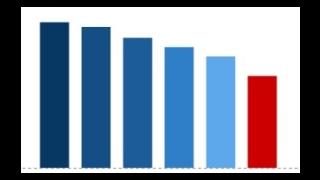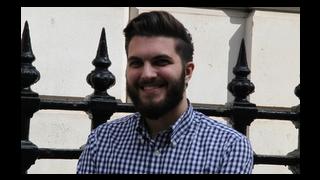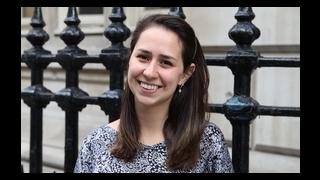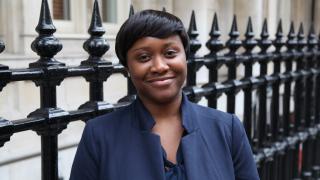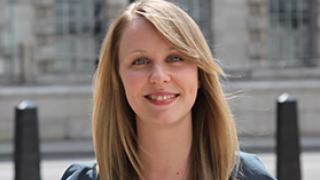
These are exciting times at the United Nations. In the space of a few short months world leaders will (we hope) agree on new innovative sources of development finance, a successor to the Millennium Development Goals (MDGs) and an internationally-binding climate treaty.
The second of these has particularly concentrated the minds of UN agencies and member states alike. Expected to finish off and build upon the work of the MDGs, the Sustainable Development Goals (SDGs) are ambitious in both their aims and scale.
Such is the weight of nervy anticipation around this agenda that policymakers and UN commentators are in a perpetual state of speculation over the SDGs’ merits and faults before they have even been adopted.
But before embarking upon the next era of development, it has become clear that we need a much more precise understanding of the state of the world. For how will we know how far we’ve come in 2030 if we do not know what our starting point was in 2015? Put simply, we must undertake what amounts to the world’s biggest stocktaking exercise.
The UN has already begun this process. The MY World survey of what issues matter most to citizens around the world had over 7.5 million people take part, complementing a menagerie of other panels and working group consultations. And for the last 10 years the UN has published an annual report tracking the progress of the MDGs, utilising the worldwide networks of expertise and information at its disposal.
But for all this we are still woefully ill-informed about the world in which we live. Swedish statistician, Hans Rosling, has found that when the public are quizzed on global demographic trends – such as the average life expectancy of the world’s population – their scores tend to be worse than those of chimpanzees picking the answers at random.
I like to think New World readers could disprove this theory, and the following pages should help you to do so. You’ll find expert analysis on a range of demographic trends, including youth unemployment, the cross-cutting discrimination faced by persons with disability, the global flow of migrants and urbanisation’s contribution to economic development.
But as UN Development Programme’s Paul Ladd explains, our understanding of such global trends can at times be no more than a best guess, relying on outdated and inadequate information. He calls for a “data revolution” to improve decision-making, help measure the progress of the SDGs and equip citizens to hold their leaders to account.
A better understanding of the state of the world will also help us reach those who were forgotten by the MDGs. Left behind by unequal power structures which overlook the marginalised and the vulnerable, the success of the SDGs agenda will ultimately depend on how it benefits the world’s most deprived people. According to Winnie Byanyima, Oxfam International’s Executive Director, we must be prepared to challenge the status quo if the SDGs are to have any hope of doing so.
Hayley Richardson is Editor of New World and Policy & Advocacy Manager at UNA-UK. You can follow her on Twitter @hayliana.

